Tall, skinny cypress trees are known as Cupressus sempervirens. These stylish trees are famous for their skinny, tall appearance and are often used in landscaping. They add a touch of Mediterranean attraction to gardens and properties.
Cypress trees are easily recognized by their tall, columnar shape, which can reach heights of up to 60 feet or more. Their branches grow close to the trunk and have dark green, needle-like leaves that give them a unique and classic look. These trees are evergreen from the Mediterranean region; Cypress trees have been cultivated for centuries and have a rich history.
Let’s find out more about these fascinating trees.
What is a Cypress Tree?

Cypress trees are tall, skinny, evergreen trees known for their graceful appearance and their connection to uncultivated ground. They’re part of the Cupressaceae and are famous for their skinny shape, which makes them noticeable in different landscapes.
One special thing about cypress trees is their fine leaves that are arranged in flat sprays. These trees have a long history and cultural importance. They’ve been used in traditional medicine, and their wood has been handy for making furniture, boats, and even coffins because it’s strong and doesn’t easily rot.
The bald cypress, in particular, has unique woody knees sticking out from its roots, which makes it fascinating and well-suited to soft and wet environments.
Types of Tall, Skinny Cypress Trees
1. Arborvitae Cypress
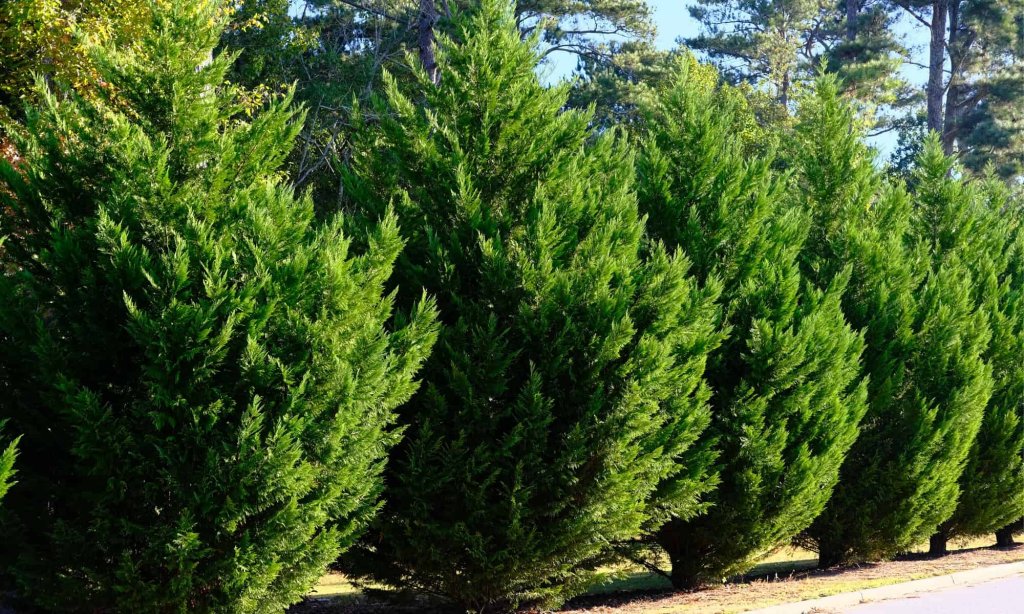
Arborvitae cypress, also called Thuja, is a type of green tree that stays green all year. They are known for their tall, skinny shape that is good for hedges, screens, or just by themselves in gardens.
These trees come from North America and Asia and have leaves that look like scales. Because they have lots of leaves close together, they are great for keeping things private and blocking the wind, which is why people who own homes and landscapers love to use them.
2. Leyland Cypress
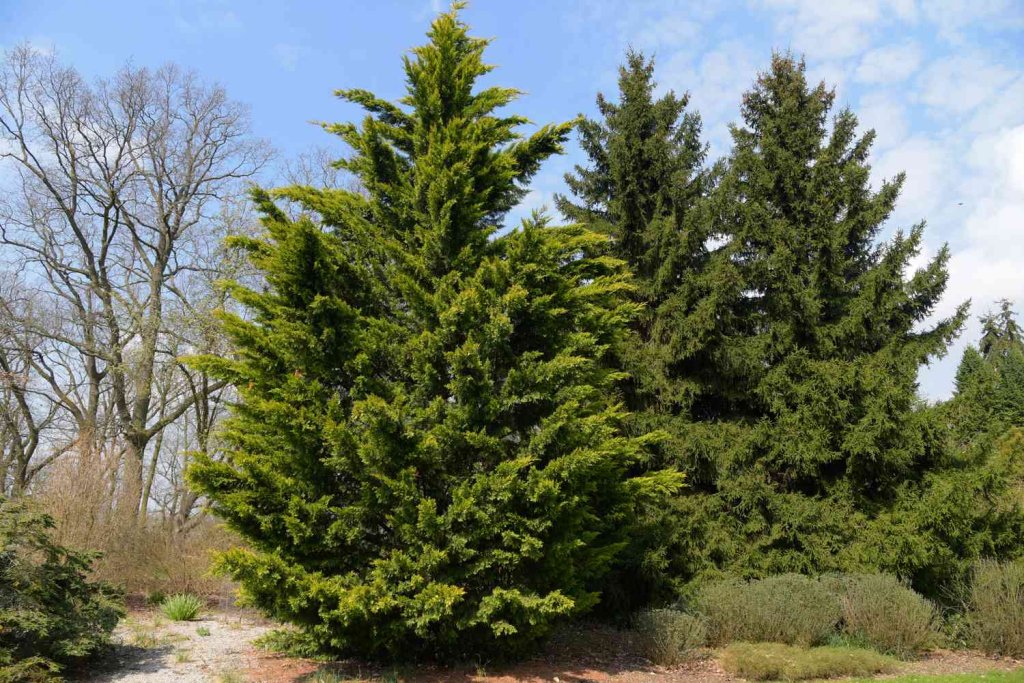
The Leyland cypress, also called Cupressus leylandii, is a popular tall and skinny cypress tree. It’s famous for growing quickly and looking impressive. This cypress is made by mixing the Monterey cypress and the Alaskan cedar. It has soft, dark green leaves that grow close together in an upright shape.
This makes it perfect for making tall and thick screens to block the wind and create privacy. Leyland cypress trees can grow well in different soil types and are often used to stop strong winds near the coast. People like them for landscaping because they can adapt easily and don’t need much care.
3. Italian Cypress
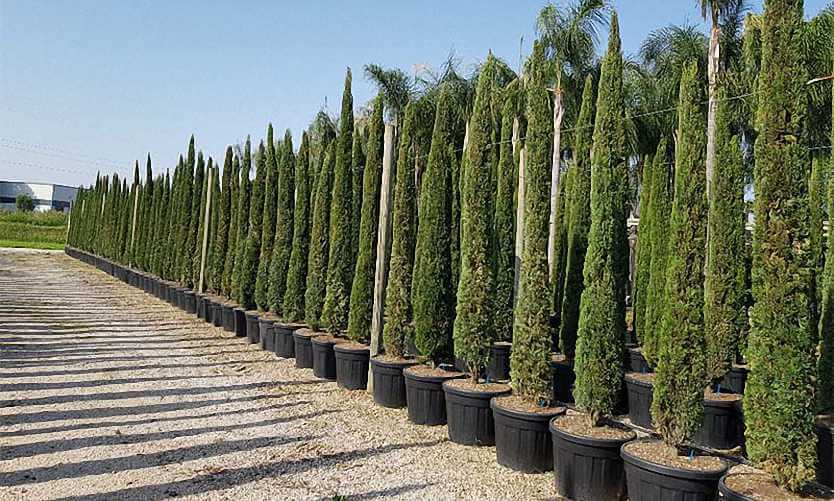
The Italian cypress, scientifically Cupressus sempervirens, stands out among slender tree varieties as a graceful, evergreen specimen from the Mediterranean, particularly Italy. These tall trees have a pencil-like shape, and their leaves are such small scales that they release a nice smell when you squish them.
Italian cypress trees are quite famous in Mediterranean settings. People often use them to create neat rows along driveways, paths, and inner courtyards, giving a feeling of culture and classic beauty. With their tall and skinny appearance, they bring a vertical attraction to gardens.
5. Bald Cypress
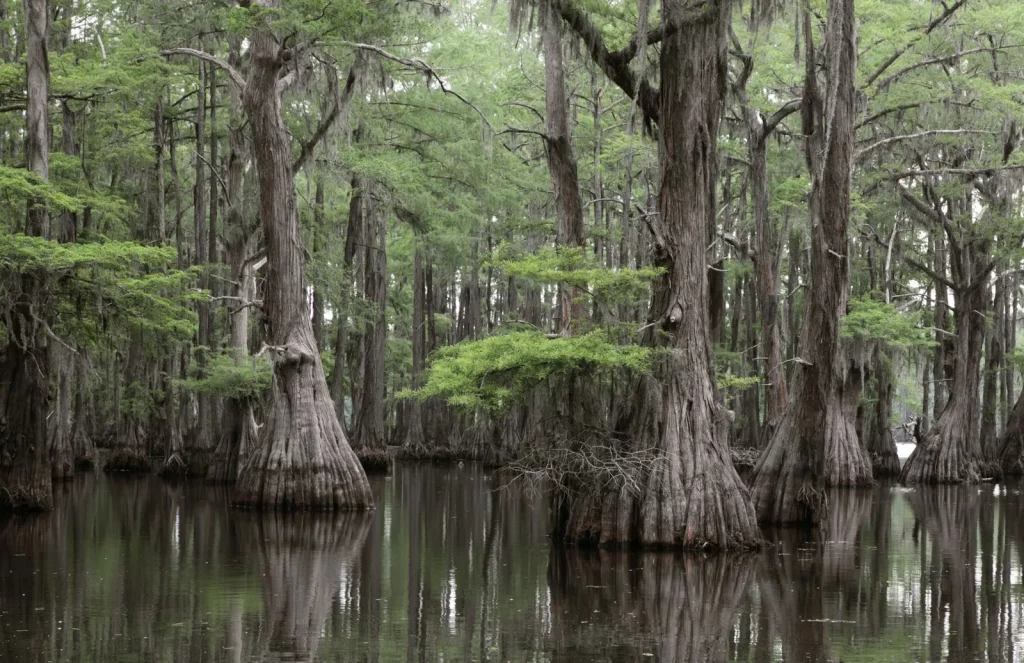
The Bald cypress, scientifically named Taxodium distichum, is a special type of tree found in the southeastern United States. Despite its name, it’s not really bald because it loses its leaves in the fall, but it’s unique among cypress trees for doing so. Bald cypresses are known for their grand and tall appearance, with straight trunks and light-green, feathery leaves.
They are often found in wet areas such as swamps and along riverbanks. People value these trees for their wood and also love using them in landscaping because, in the autumn, their leaves turn a beautiful copper-orange color before falling off.
6. Hinoki Cypress
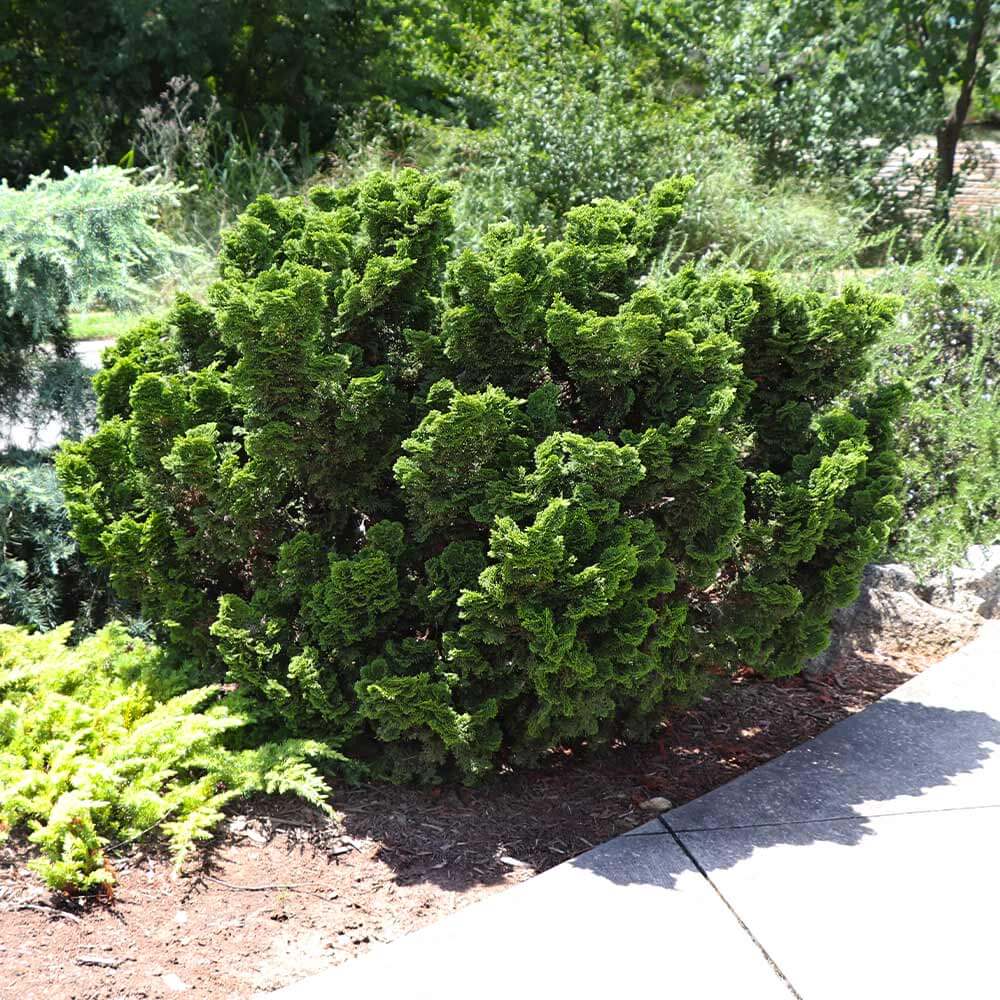
The Hinoki Cypress, also known as Chamaecyparis obtusa, is a tall and skinny tree that comes from Japan. People love it because it grows in a tall and skinny way, which makes it great for looking nice and for practical uses.
Usually, it grows to be 50 to 75 feet tall and only 10 to 20 feet wide. It has beautiful feathery leaves that smell like citrus when you crush them.
How to Care Cypress Tree
Taking care of cypress trees is really important to keep them healthy and make sure they live a long time. These trees like to grow in usually wet soil, especially near water such as ponds, rivers, or swamps.
When you plant cypress trees, it’s super important to pick a good spot where the soil drains well so that the roots don’t get too soft and wet. It would be best if you also trimmed them regularly to keep them tall and slim and to help them grow nicely.
Cutting off the lower branches makes them look the same as those classic, pretty cypress trees you often see. Cypress trees aren’t too hard to care for, but sometimes, it’s good to give them some plant food.
Conclusion
Cypress trees are not only beautiful but also serve various purposes. They can provide privacy when planted in rows, offer shade, and create a feeling of peace in a garden. These trees grow in areas with plenty of sunlight and well-drained soil. They are also known for their flexibility and ability to withstand drought conditions.
Their adaptability makes them a popular choice for landscaping in warm regions. So, if you’re looking for a tree to add a Mediterranean feel to your outdoor space, Cypress is an excellent choice.
With their tall and skinny nature, they can bring a touch of beauty to your surroundings.

